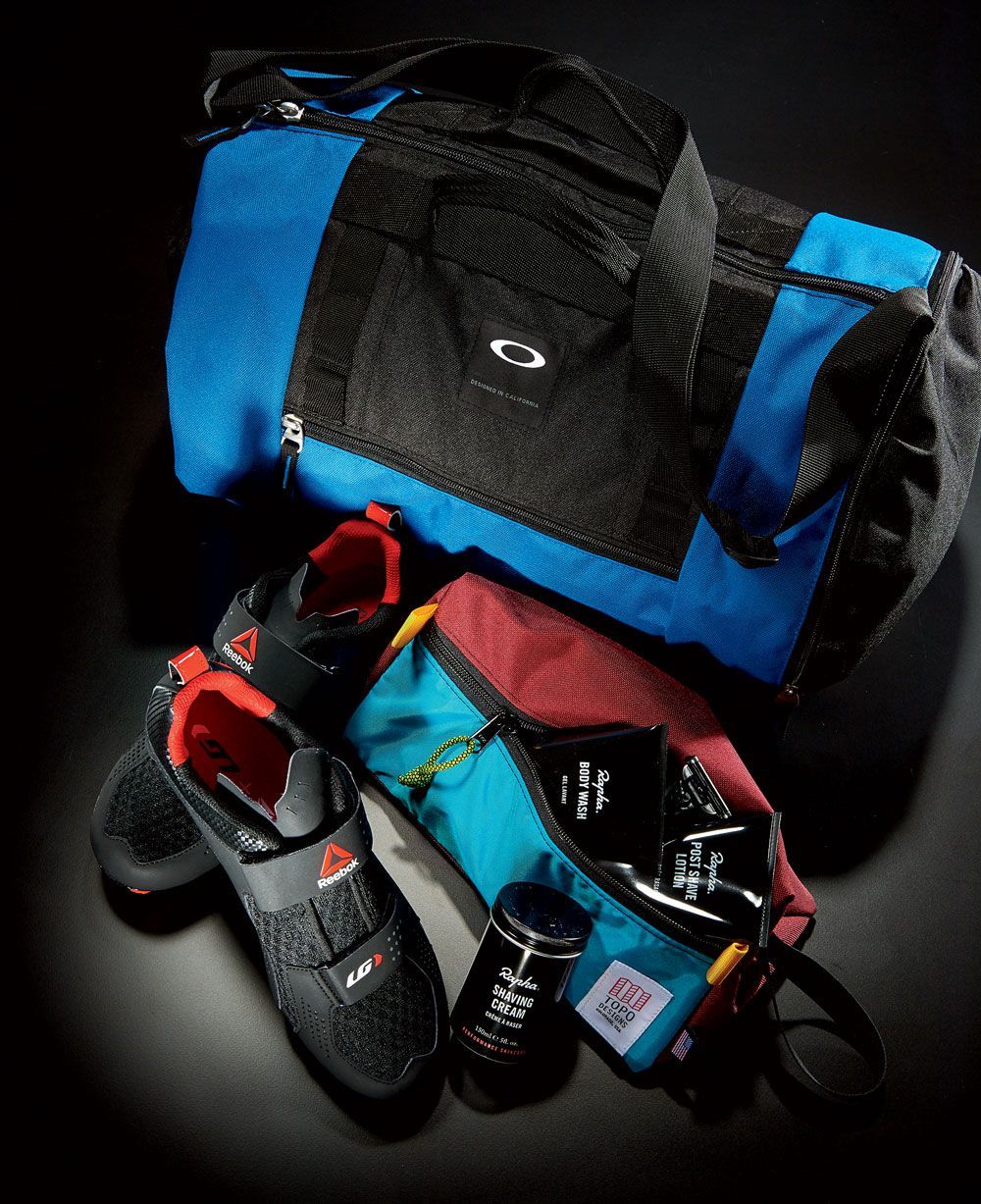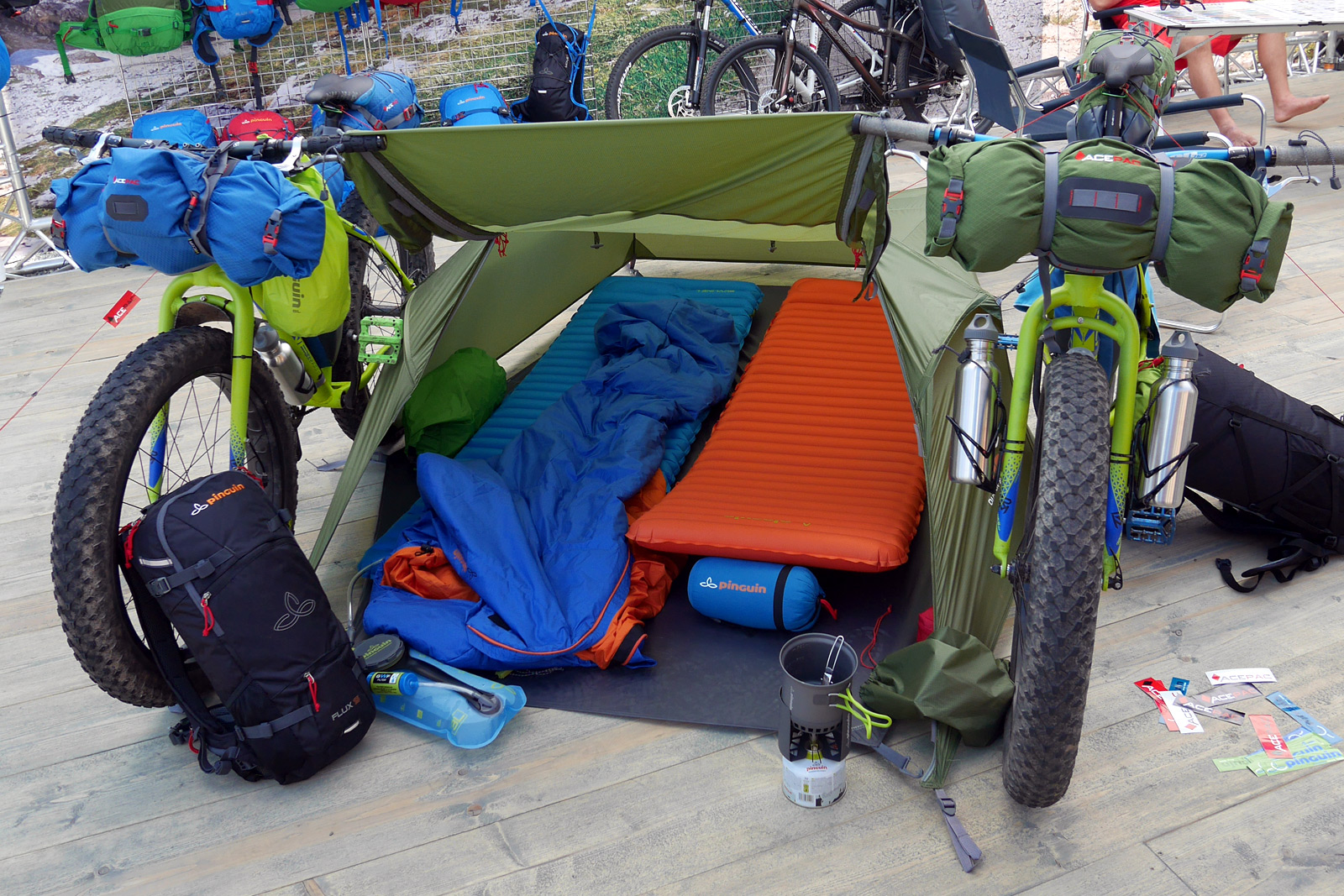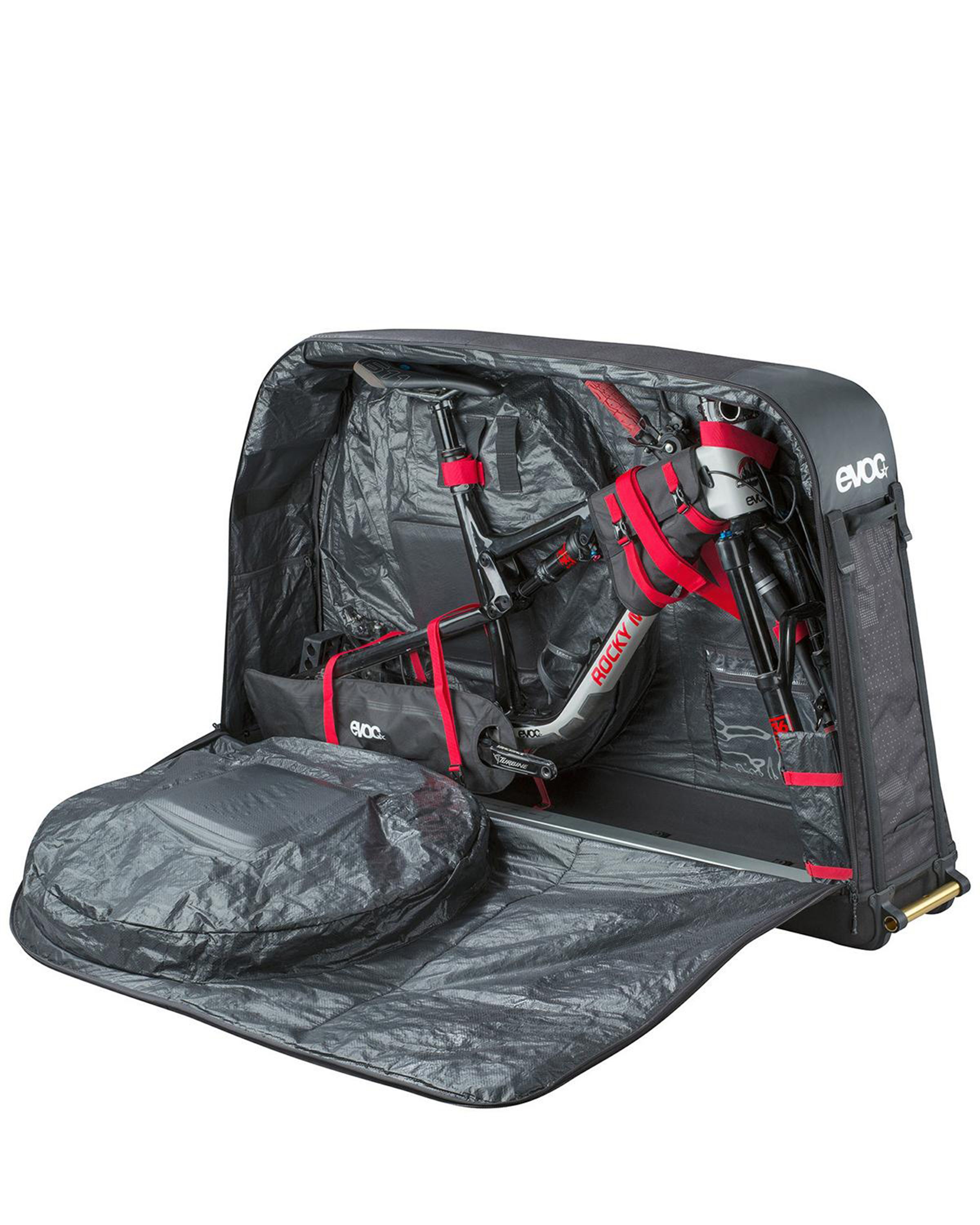What to Look for in a Mountain Bike Gear Bag
When it comes to selecting a mountain bike gear bag, there are several key features to consider. A good mountain bike gear bag should be durable, water-resistant, and well-organized. These characteristics will ensure that your gear remains protected and easily accessible, allowing you to focus on the ride.
Durability is crucial, as a mountain bike gear bag will be subjected to various environmental conditions, such as mud, dust, and extreme temperatures. Look for bags made from high-quality materials, such as nylon or polyester, that can withstand the rigors of frequent use. Additionally, consider bags with reinforced stitching and stress points to prevent tears and damage.
Water resistance is also essential, as it will keep your gear dry in wet conditions. Look for bags with waterproof or water-resistant materials, such as PVC or PU-coated nylon. Some bags may also feature waterproof zippers or compartments to provide extra protection.
Organization is vital to ensure that you can quickly find what you need. Look for bags with multiple compartments, pockets, and dividers to keep your gear tidy and easily accessible. Some bags may also feature customizable organization systems, allowing you to tailor the layout to your specific needs.
Popular brands like Dakine and Thule offer high-quality mountain bike gear bags that incorporate these features. When selecting a bag, consider your specific needs and preferences, such as the type of riding you’ll be doing, the amount of gear you’ll be carrying, and your personal style.
Ultimately, a good mountain bike gear bag should provide a balance of durability, water resistance, and organization. By considering these key features, you can find a bag that meets your needs and enhances your riding experience.
How to Pack Your Mountain Bike Gear Bag for a Day on the Trails
Packing a mountain bike gear bag for a day-long ride requires careful consideration to ensure that you have everything you need without overloading yourself. A well-packed bag can make all the difference in your riding experience, allowing you to focus on the trail and enjoy the scenery.
Start by gathering all the essentials, including a first aid kit, tools, snacks, and hydration. A basic first aid kit should include items like bandages, antiseptic wipes, and pain relievers. Tools should include a multi-tool, tire levers, and a pump or CO2 cartridge. Snacks should be energy-rich and easy to eat on the go, such as energy bars, nuts, and dried fruit. Hydration is also crucial, so be sure to pack enough water and consider a hydration pack or water bottle.
Next, consider the specific needs of your ride. If you’re planning a long, technical ride, you may want to pack extra tools, such as a chain breaker or spare tube. If you’re riding in cold or wet conditions, you may want to pack extra clothing, such as a jacket or gloves.
Once you have all your gear, it’s time to pack your mountain bike gear bag. Start by placing the heaviest items, such as tools and hydration, at the bottom of the bag. This will help distribute the weight evenly and prevent the bag from becoming too bulky. Next, add your snacks and first aid kit, followed by any extra clothing or accessories.
Finally, consider the organization of your bag. Look for bags with multiple compartments and pockets to keep your gear organized and easy to find. Some bags may also feature customizable organization systems, allowing you to tailor the layout to your specific needs.
By following these tips, you can pack your mountain bike gear bag efficiently and effectively, ensuring that you have everything you need for a fun and safe ride.
Top Mountain Bike Gear Bags for Different Riding Styles
Mountain biking encompasses a wide range of riding styles, each with its unique demands and requirements. When it comes to choosing a mountain bike gear bag, it’s essential to consider the specific needs of your riding style. Here, we’ll review and compare top mountain bike gear bags for various riding styles, including cross-country, downhill, and enduro.
For cross-country riders, a lightweight and compact gear bag is ideal. The Osprey Zealot is a great option, featuring a sleek design and multiple compartments to keep gear organized. Weighing in at just 1.5 pounds, this bag is perfect for long-distance rides where every ounce counts.
Downhill riders, on the other hand, require a gear bag that can withstand the rigors of high-speed, technical riding. The Shimano Pro Gear Bag is a top choice, featuring a durable design and multiple pockets to keep gear secure. This bag also includes a built-in tool roll and a separate compartment for a hydration bladder.
Enduro riders need a gear bag that can handle the demands of long, technical rides. The Dakine Hot Laps Gear Bag is a great option, featuring a spacious design and multiple compartments to keep gear organized. This bag also includes a built-in tool roll and a separate compartment for a hydration bladder.
Other notable mentions include the Thule Vital Hydration Pack, which features a built-in hydration system and multiple compartments for gear, and the Fox Racing Gear Bag, which features a durable design and multiple pockets for organization.
When choosing a mountain bike gear bag, it’s essential to consider the specific needs of your riding style. By selecting a bag that meets your unique demands, you can ensure a safe, efficient, and enjoyable ride.
The Benefits of a Well-Organized Mountain Bike Gear Bag
A well-organized mountain bike gear bag is essential for any serious mountain biker. Not only does it help to reduce stress and increase efficiency, but it also improves safety and enhances the overall riding experience. In this section, we’ll explore the benefits of a well-organized mountain bike gear bag and provide tips on how to achieve it.
One of the primary benefits of a well-organized mountain bike gear bag is reduced stress. When you know exactly where everything is, you can focus on the ride and enjoy the scenery, rather than worrying about where you put your tools or snacks. A well-organized bag also helps to increase efficiency, as you can quickly find what you need and get back on the trail.
Improved safety is another significant benefit of a well-organized mountain bike gear bag. When you have a first aid kit, tools, and other essentials easily accessible, you can respond quickly and effectively in case of an emergency. A well-organized bag also helps to prevent accidents, as you’re less likely to forget important items like a helmet or gloves.
A well-organized mountain bike gear bag also enhances the overall riding experience. When you have everything you need at your fingertips, you can focus on the ride and enjoy the scenery, rather than worrying about logistics. A well-organized bag also helps to reduce fatigue, as you’re not wasting energy searching for misplaced items.
So, how can you achieve a well-organized mountain bike gear bag? Start by investing in a high-quality bag with multiple compartments and pockets. Consider a bag with a built-in tool roll and a separate compartment for a hydration bladder. Also, make sure to pack your bag in a logical and methodical way, with essentials like a first aid kit and tools easily accessible.
By investing in a well-organized mountain bike gear bag, you can enjoy a safer, more efficient, and more enjoyable ride. Whether you’re a seasoned pro or just starting out, a well-organized bag is essential for any serious mountain biker.
Mountain Bike Gear Bag Materials: What to Expect
When it comes to choosing a mountain bike gear bag, the material used is a crucial factor to consider. Different materials offer varying levels of durability, water resistance, and weight, making some more suitable for specific riding styles and conditions. In this section, we’ll explore the common materials used in mountain bike gear bags and their respective benefits and drawbacks.
Nylon is a popular choice for mountain bike gear bags due to its durability and water resistance. It’s often used in bags designed for cross-country and trail riding, where the terrain is less demanding. However, nylon can be prone to abrasion and may not be as durable as other materials.
Polyester is another common material used in mountain bike gear bags. It’s known for its high strength-to-weight ratio, making it an excellent choice for bags designed for enduro and downhill riding. Polyester is also more resistant to abrasion than nylon, but it may not be as water-resistant.
PVC (polyvinyl chloride) is a waterproof material often used in mountain bike gear bags designed for wet and muddy conditions. It’s an excellent choice for bags used in downhill and enduro riding, where the terrain is more demanding. However, PVC can be heavier and less breathable than other materials.
Other materials used in mountain bike gear bags include ripstop nylon, Cordura, and X-Pac. Ripstop nylon is a lightweight and durable material often used in bags designed for cross-country and trail riding. Cordura is a heavy-duty material used in bags designed for downhill and enduro riding, where the terrain is more demanding. X-Pac is a waterproof and breathable material used in bags designed for wet and muddy conditions.
When choosing a mountain bike gear bag, it’s essential to consider the material used and how it will perform in different conditions. By selecting a bag made from a material that suits your riding style and conditions, you can ensure a safe and enjoyable ride.
Size Matters: Choosing the Right Mountain Bike Gear Bag for Your Needs
When it comes to selecting a mountain bike gear bag, size is a crucial factor to consider. A bag that is too small may not hold all your essentials, while a bag that is too large may be cumbersome and uncomfortable to carry. In this section, we’ll provide guidance on selecting the ideal size of mountain bike gear bag based on the type and duration of rides, as well as personal preference.
For short, casual rides, a small to medium-sized bag may be sufficient. Look for a bag with a capacity of around 10-20 liters, which can hold the essentials such as a water bottle, snacks, and a basic tool kit.
For longer, more technical rides, a medium to large-sized bag may be necessary. Look for a bag with a capacity of around 20-30 liters, which can hold additional gear such as a first aid kit, extra clothing, and a more comprehensive tool kit.
For multi-day rides or bikepacking trips, a large to extra-large bag may be required. Look for a bag with a capacity of around 30-40 liters or more, which can hold all your gear, including camping equipment, food, and clothing.
It’s also important to consider the type of riding you’ll be doing. For example, if you’ll be doing a lot of downhill or enduro riding, you may want a bag with a more compact design to reduce wind resistance and improve maneuverability.
Ultimately, the right size of mountain bike gear bag will depend on your specific needs and preferences. By considering the type and duration of your rides, as well as your personal preferences, you can choose a bag that is comfortable, convenient, and meets your needs.
Additional Features to Consider in a Mountain Bike Gear Bag
When selecting a mountain bike gear bag, there are several additional features to consider that can enhance your riding experience. In this section, we’ll explore some of the key features to look for in a mountain bike gear bag, including multiple compartments, reflective strips, and weather-resistant zippers.
Multiple compartments are a must-have feature in a mountain bike gear bag. They allow you to organize your gear in a logical and efficient way, making it easy to find what you need when you need it. Look for a bag with multiple pockets and compartments, including a main compartment for larger items and smaller pockets for smaller items like tools and snacks.
Reflective strips are another important feature to consider in a mountain bike gear bag. They can increase visibility when riding in low light conditions, making it easier for other riders and drivers to see you. Look for a bag with reflective strips on the front and back, as well as on the sides.
Weather-resistant zippers are also a key feature to look for in a mountain bike gear bag. They can help keep your gear dry in wet conditions, and prevent water from entering the bag. Look for a bag with waterproof zippers or a waterproof compartment to keep your gear dry.
Other features to consider in a mountain bike gear bag include a built-in tool roll, a hydration sleeve, and a phone pocket. A built-in tool roll can make it easy to carry and organize your tools, while a hydration sleeve can keep your water bottle or hydration bladder secure. A phone pocket can provide a safe and convenient place to store your phone while riding.
By considering these additional features, you can find a mountain bike gear bag that meets your needs and enhances your riding experience. Whether you’re a casual rider or a serious enthusiast, a well-designed gear bag can make all the difference.
Conclusion: Finding the Perfect Mountain Bike Gear Bag for Your Next Adventure
When it comes to selecting a mountain bike gear bag, there are many factors to consider. From durability and water resistance to organization and additional features, the right bag can make all the difference in your riding experience. By considering the key features and benefits discussed in this article, you can find the perfect mountain bike gear bag for your next adventure.
Whether you’re a casual rider or a serious enthusiast, a well-designed gear bag can help you stay organized, efficient, and safe on the trails. By investing in a high-quality bag, you can enjoy a more enjoyable and stress-free ride, and focus on what really matters – the thrill of the ride.
So, what are you waiting for? Start exploring the world of mountain bike gear bags today, and discover the perfect bag for your next adventure. With the right gear and a little bit of knowledge, you’ll be ready to take on any trail that comes your way.








